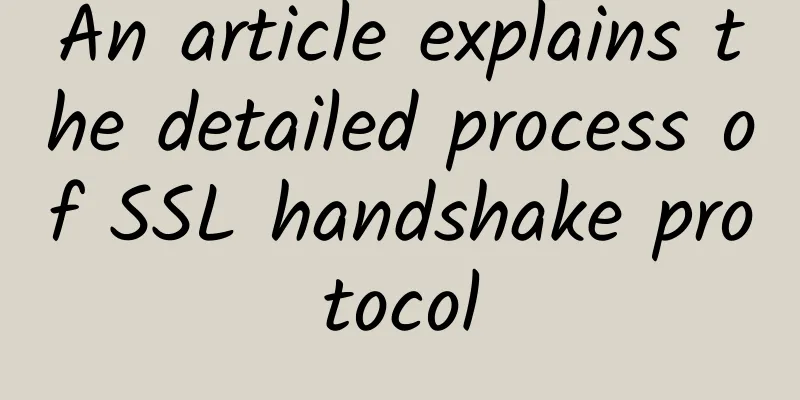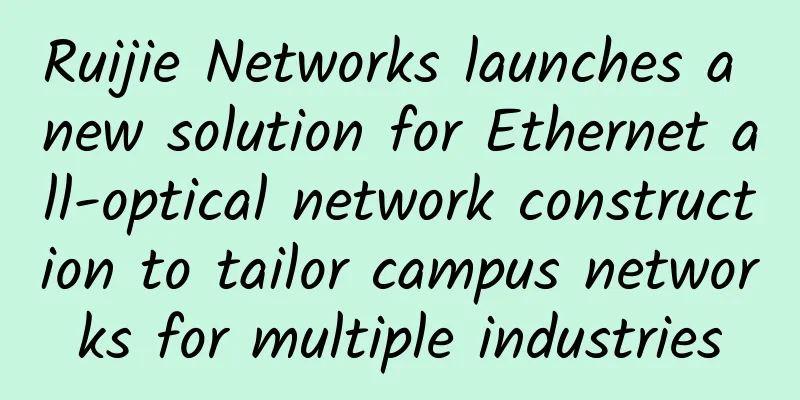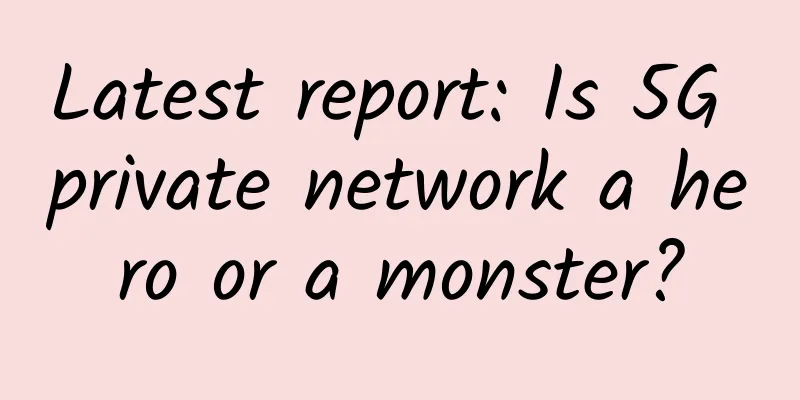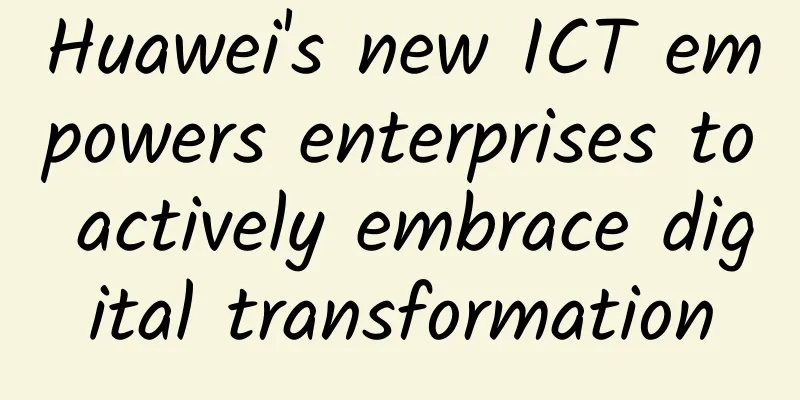An article explains the detailed process of SSL handshake protocol

|
Overview SSL (Secure Socket Layer) is a security mechanism that runs between the application layer and the TCP layer, ensuring the confidentiality and integrity of upper-layer application data transmission and the legitimacy of the identities of both parties in the transmission.
SSL protocols include: Handshake protocol, SSL password change protocol, Alert protocol, and Record protocol. The handshake protocol is the first subprotocol of SSL connection communication and is also the most complex protocol. SSL Layered Structure SSL Handshake Protocol Through the handshake process, the client and the server negotiate session parameters (including mutual authentication, negotiation of encryption and MAC algorithms, generation of session keys, etc.). SSL handshake protocol process Phase 1: Building security capabilities Client - client_hello:
Server-server_hello:
Phase 2: Server Authentication and Key Exchange
The server's digital certificate containing the public key information or the complete certificate chain to the CA. Server-server_key_exchange:
Server-certificate_request:
Server-server_hello_done:
Phase 3: Client Authentication and Key Exchange Client-certificate:
Client-client_key_exchange:
client-certificate_verify:
Phase 4: Completion client-change_cipher_spec:
Client-finished:
Server-change_cipher_spec:
Server-finished:
|
>>: 5G phones are now online. How long can 4G phones last? Can old phones use 5G networks?
Recommend
Data center careers: Automate or be automated
As microservices drive data center automation, IT...
The US Department of Defense opposes satellite communications companies' deployment of 5G networks
On April 20, local time in the United States, the...
TCP reliable transmission, flow control, congestion control, the essence of TCP is all here
[[334785]] Table of contents Packet capture proce...
Schneider Electric is a pioneer in green data centers
With the rapid development of information technol...
[6.18] DediPath: $30/month-E3-1240v2, 16GB memory, 2TB hard disk, 1Gbps unlimited traffic/Los Angeles data center
DediPath launched a Father's Day Sale. Becaus...
HostKvm 20% off, Hong Kong CN2 monthly payment starts from US$7.6, 2G memory/40G hard disk/10M bandwidth
HostKvm is launching a 20% discount coupon code t...
5G private network is a big watermelon (Part 2): The mystery of the collision
In the first article of this series, we explained...
The virtual world's "express delivery system" is upgraded again, what is IPv6+?
This article is reproduced from Leiphone.com. If ...
Inventory: 11 foreign SASE vendors
SASE (Secure Access Service Edge) is a networking...
Understanding HTTP and TCP protocols from an HTTP request
[[347384]] From an HTTP request to see the princi...
5G private network development will accelerate in 2024
The growing demand for fifth-generation network s...
How to manage data center cabling?
Tracking and managing data center cabling is one ...
spinservers new VPS host 50% off, $7/month-2GB/20G SSD/1TB/San Jose data center
spinservers launched a new VPS host product this ...
Don’t understand TCP three-way handshake and four-way wave? Interviewer: Go back and wait for notification!
🌟 Opening: You think you know TCP? Actually... Co...
Anynode: $15/year KVM-1GB/20G SSD/2TB/Las Vegas
The last time I shared information about Anynode ...









